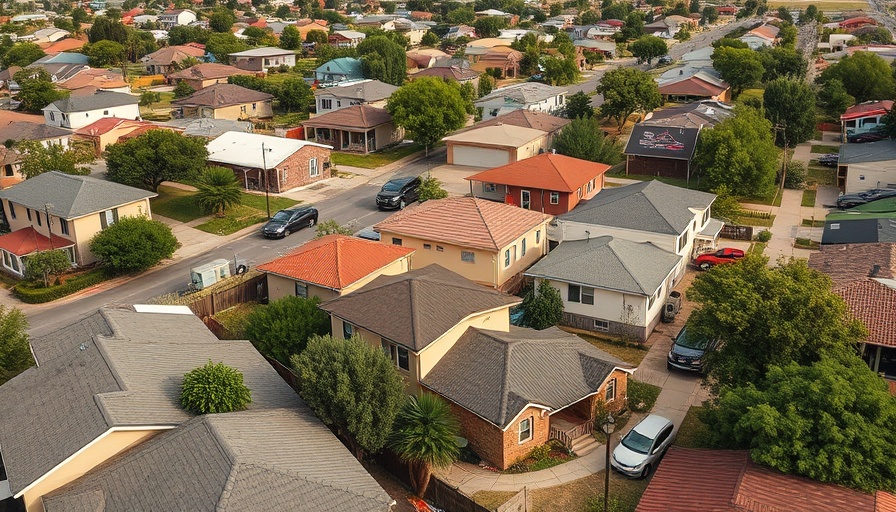
Understanding the Homelessness Crisis in Bexar County
The latest data reveals a troubling trend in Bexar County, where rising housing costs have pushed an increasing number of residents into homelessness. According to the recent Point-in-Time count conducted by Close to Home, approximately 3,625 individuals in the county face homelessness on any given night. Alarmingly, this figure includes a significant number of children, as one in five Bexar County children live in poverty.
Housing Affordability: A Growing Concern
“The cost of housing in our community has continued to rise, but the median household income has not,” stated Terri Behling from Haven for Hope. This disconnect between rising housing prices and stagnant incomes is reflective of broader economic trends. As rent prices and living costs continue to escalate, many families are at risk of losing their homes, highlighting the urgent need for supportive housing policies.
Demographic Insights: Who are the Unsheltered?
The demographics of those affected showcase some stark contrasts. Among unsheltered individuals, over 69% reside in shelters while 31% are living on the streets. A significant portion, specifically 290 individuals, identified as Hispanic or Latino, representing the largest racial group within the homeless population. Additionally, Blacks and African Americans are notably overrepresented as well, accounting for 17.8% of the homeless, more than double their overall demographic share in the county.
Challenges Faced by the Homeless Population
Among the individuals counted, nearly half reported their first experience with homelessness, largely due to recent instability in living situations. Mental health conditions were reported by over half of those surveyed (51.1%), and a prominent number—30%—identified as survivors of domestic violence. To effectively combat homelessness, significant attention must be directed toward mental health services and domestic violence support systems.
The Critical Importance of Resources
The needs of those experiencing homelessness vary, with nearly 50% citing the recovery of identification documents as crucial for accessing necessary resources. Furthermore, 39.9% require shelters and around 35.9% need supportive housing or vouchers—emphasizing the importance of comprehensive social support to maintain housing stability.
Broader Implications for Bexar County Residents
According to experts, the rising homelessness rates are intertwined with broader economic conditions affecting San Antonio. The alarming statistics reflect the complex dynamics of employment, housing, and social services. Addressing these systemic issues requires a coordinated effort involving county leaders, social workers, and community organizations as they seek solutions such as affordable housing developments and enhanced mental health initiatives.
Can We Solve Homelessness in San Antonio?
According to Close to Home's executive director, Katie Wilson, “Homelessness is solvable,” suggesting that with the right resources and community collaboration, significant progress can be made. Addressing underlying issues such as poverty and access to healthcare will be vital in ensuring that residents do not end up homeless, illustrating the importance of fostering an inclusive community.
Taking Action for Change
As the Bexar County community grapples with increasing homelessness, residents are encouraged to engage with local nonprofits catering to the homeless, participate in city council meetings discussing housing policies, and advocate for resource allocation toward homeless services. Collective action can make a significant difference in reversing these troubling trends.
 Add Element
Add Element  Add Row
Add Row 



Write A Comment